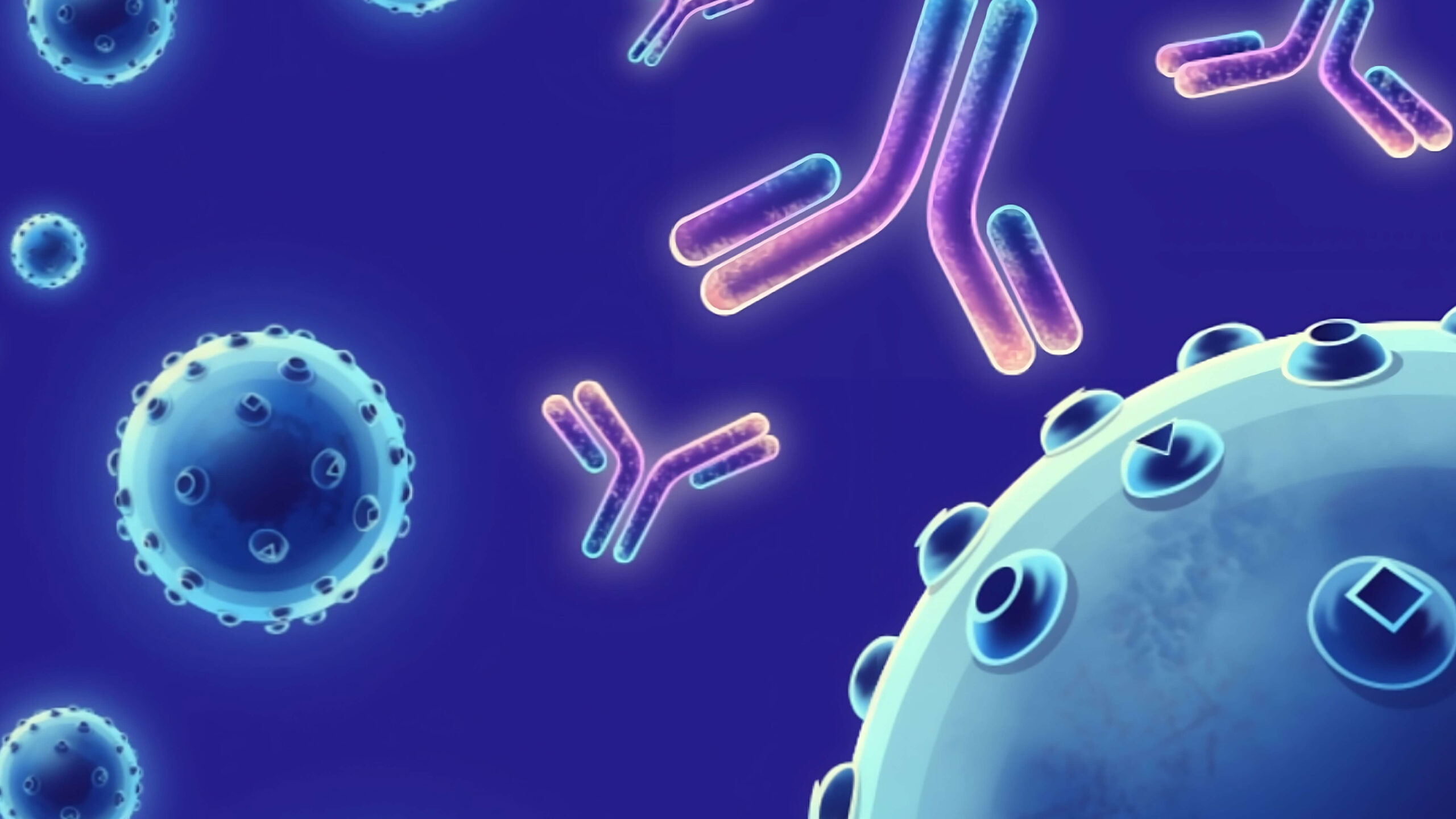Description
Anti-Mullerian hormone (AMH), a member of the TGF-beta superfamily, is produced by granulosa cells (GCs) of preantral and small antral follicles and plays a role in regulating the recruitment of primordial follicles and the FSH-dependent development of follicles. BMP15 up-regulates the transcription of AMH and that the inhibition of p38 MAPK decreases the BMP15-induced expression of AMH and SOX9, suggesting that BMP15 up-regulates the expression of AMH via the p38 MAPK signaling pathway, and this process involves the SOX9 transcription factor. AMH is widely used for assessing ovarian reserve, and it is particularly convenient, because it is thought to have minimal variability throughout the menstrual cycle. Fetal anti-Mullerian hormone (AMH) is responsible for normal male sexual differentiation, and circulating AMH is used as a marker of testicular tissue in newborns with disorders of sex development. Anti-Mullerian hormone (AMH) produced in the developing testis induces the regression of the Mullerian duct, which develops into the oviducts, uterus and upper vagina. As well as other hormone receptors, and a decreased ovarian cortex cell proliferation. These results help understand the inhibitory effects of AMH on follicular development.
Target
AMH
Target Alias Names
MIF, MIS
Isotype/Mimetic
Rabbit IgG
Animal-Derived Biomaterials Used
No
Sequence Available
No
Original Discovery Method
Phage display technology
Antibody/Binder Origins
Animal-dependent discovery (in vitro display, OR immunisation pre-2020), In vitro recombinant expression

